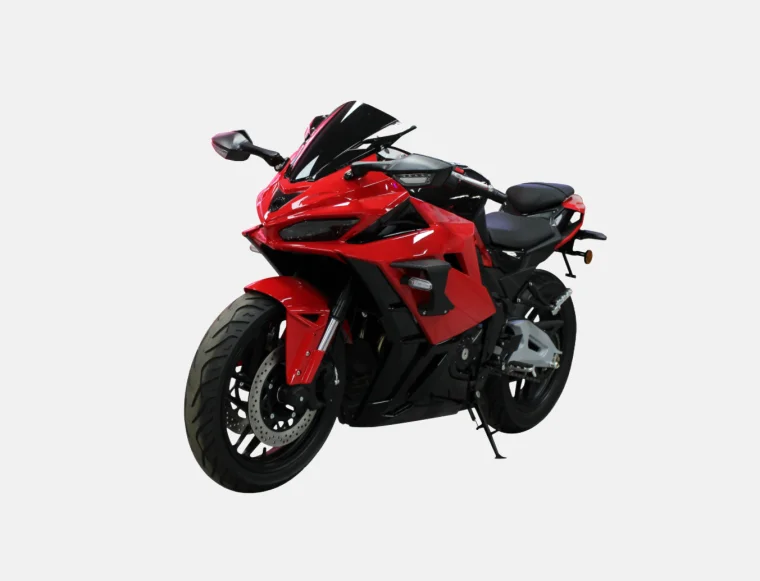In an era where urbanization and environmental concerns are at the forefront of societal challenges, the quest for efficient and sustainable transportation alternatives has never been more critical. As cities grow and populations swell, the reliance on personal vehicles has led to increased traffic congestion, air pollution, and a significant carbon footprint. This article delves into the best non-car transportation options available today, examining their benefits, challenges, and potential for shaping a greener future.
- Public Transit: The Backbone of Urban Mobility
Public transportation systems, including buses, subways, and trams, serve as the backbone of urban mobility. They offer a cost-effective solution for commuting, reducing the number of vehicles on the road and subsequently lowering greenhouse gas emissions.
Benefits:
- Cost-Effective: Public transit is often cheaper than owning and maintaining a car, especially in urban areas where parking fees and insurance can add up.
- Reduced Traffic Congestion: By consolidating many passengers into a single vehicle, public transit significantly reduces the number of cars on the road.
- Environmental Impact: Buses and trains produce fewer emissions per passenger mile compared to individual cars, making them a more sustainable option.
Challenges:
- Accessibility: Not all areas are well-served by public transit, particularly in suburban or rural regions.
- Reliability: Delays and overcrowding can deter potential users, necessitating improvements in service frequency and infrastructure.
- Cycling: A Healthy and Eco-Friendly Alternative
Cycling has gained popularity as a viable non-car transportation option, particularly in cities that have invested in cycling infrastructure.
Benefits:
- Health Benefits: Regular cycling promotes physical fitness and mental well-being, reducing healthcare costs associated with sedentary lifestyles.
- Zero Emissions: Bicycles produce no emissions, making them an environmentally friendly choice.
- Cost Savings: The cost of purchasing and maintaining a bicycle is significantly lower than that of a car.
Challenges:
- Safety Concerns: Inadequate cycling infrastructure can lead to safety issues, deterring potential cyclists.
- Weather Dependency: Cycling may not be feasible in adverse weather conditions, limiting its practicality year-round.
- Walking: The Most Fundamental Form of Transportation
Walking remains one of the simplest and most accessible forms of transportation. It is particularly effective for short distances and contributes to a healthier lifestyle.
Benefits:
- Health and Wellness: Walking is an excellent form of exercise, promoting cardiovascular health and reducing stress.
- No Cost: Walking requires no financial investment, making it accessible to everyone.
- Community Engagement: Walking fosters a sense of community, encouraging social interactions and local exploration.
Challenges:
- Limited Range: Walking is not practical for long distances, which can limit its effectiveness as a primary mode of transportation.
- Infrastructure: Inadequate sidewalks and pedestrian crossings can pose safety risks and discourage walking.
- Ridesharing and Carpooling: Efficient Use of Resources
Ridesharing services and carpooling initiatives have emerged as popular alternatives to traditional car ownership. These options allow individuals to share rides, reducing the number of vehicles on the road.
Benefits:
- Cost Sharing: Ridesharing and carpooling can significantly reduce transportation costs for individuals.
- Reduced Emissions: By consolidating trips, these options help decrease overall emissions and traffic congestion.
- Convenience: Many ridesharing apps offer on-demand services, providing flexibility for users.
Challenges:
- Dependence on Technology: Access to ridesharing services often requires a smartphone and internet connection, which may not be available to everyone.
- Safety Concerns: Issues related to driver and passenger safety can arise, necessitating robust vetting processes.
- Electric Scooters and E-Bikes: The Rise of Micro-Mobility
Electric scooters and e-bikes have surged in popularity, particularly in urban environments. These micro-mobility options provide a convenient and fun way to navigate city streets.
Benefits:
- Speed and Efficiency: E-scooters and e-bikes can cover short distances quickly, often faster than traditional public transit.
- Environmental Benefits: Electric options produce lower emissions compared to gasoline-powered vehicles.
- Flexibility: Users can easily pick up and drop off scooters or bikes at various locations, enhancing convenience.
Challenges:
- Regulation: The rapid proliferation of e-scooters has led to regulatory challenges, including safety standards and parking regulations.
- Infrastructure Needs: Cities must invest in appropriate infrastructure to accommodate these vehicles safely.
Conclusion: A Multi-Modal Approach to Transportation
As we navigate the complexities of modern mobility, it is clear that no single transportation option can address all needs. A multi-modal approach that combines public transit, cycling, walking, ridesharing, and micro-mobility solutions is essential for creating a sustainable and efficient transportation ecosystem.

